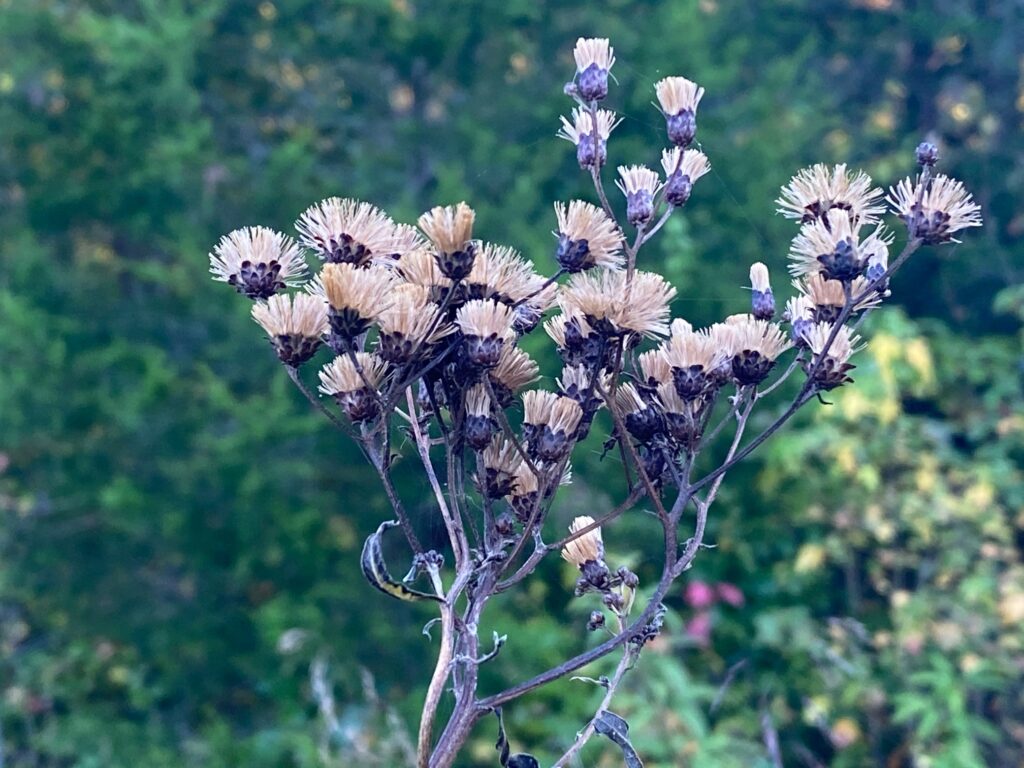Seeds of many native plants have built-in protections that keep them from germinating at the wrong time, such as before a frost in the fall or during droughts. In the wild, seed will lie dormant in the soil until the right conditions are present to ensure success. There are a variety of methods that seeds use to break that dormancy, and a specific plant species tends to rely on a particular method. If we gardeners want to successfully grow a plant from seed, we need to learn in advance what is needed to break that seeds’ dormancy.

Methods for breaking dormancy are quite varied and rely on one or more of a variety of factors -–air temperature, amount of time, amount of moisture, light vs. no light, and soil temperature. The most common methods involve a combination of the amounts of moisture, air temperature and time. It can be as simple as two months in cold, dry storage and as complex as a lengthy sequence of a cold, moist period, followed by a warm, moist period, followed by a second cold, moist period (which generally means in the wild a seed will require over a year to germinate).
There are general how-to guidelines derived from the experience of growers and hobbyists that will improve your success. Catalogs from native plant nurseries are a great source of information on the needs of particular plant species. The Native Plant Database operated by the University of Tennessee’s Smart Yards Program includes a description of 12 different methods for breaking dormancy in its “Definitions” section. In addition, for each plant in the database, there is a description of which method or methods work best for that plant. The list of methods for breaking dormancy is provided courtesy of Prairie Moon Nursery, a native plant source in Winona, Minnesota. Data on individual plants is taken from a host of native plant resources, including the Prairie Moon catalog.
The two most common methods are: (1) cold, dry storage, and (2) cold, wet storage. These methods are commonly called cold, dry stratification and cold, wet stratification. Cold, dry stratification typically means you do not need to provide any pre-treatment. The native plant nursery will have stored the seed under these conditions prior to its sale. You can plant the seed as soon as your planting schedule requires it. Prior to planting, simply store the seed in a cool, dry place or under refrigeration at 33-40 degrees F.
Cold, wet stratification means seeds germinate after an approximate number of days of cold, moist storage, most commonly 60 days. Prairie Moon Nursery’s catalog describes two different methods of cold, wet stratification for the home gardener; this information is also available on their website at https://www.prairiemoon.com/blog/germination
One method is storing seed in dampened sand as follows: (1) Add 1 -2 teaspoons of water to 1/3 cup fine sand for each 1/8 oz of seed to be treated. (2) Mix the seed, sand and water and refrigerate in a sealed plastic bag for the required time period. The other method is using a dampened paper towel or coffee filter as follows: (1) Rinse a coffee filter or paper towel in water and squeeze out excess water. (2) Place seed in a single layer on the damp paper, fold over the paper and place it in a sealed plastic bag. (3) Add a dry paper towel inside the bag to help maintain even moisture by pulling excessive moisture away. (4) Store in the bag in the refrigerator for the required time period. For more detail, see Prairie Moon’s step- by-step tutorials at https://www.prairiemoon.com/PDF/PrairieMoon.StartingFromSeedSheetWEB.pdf
From a very practical standpoint, the easiest way to do cold, wet stratification is to let Nature do it for you. Simply plant the seed outside in its designated spot in late fall or early winter and allow the seed to go through Nature’s stratification process. There is no need to worry about monitoring your refrigerated seed for premature sprouting, mold, or drying out. However, you will need to increase the amount of seed that you plant to allow for seed loss during the winter due to being eaten by birds or rodents, blown away by wind or washed away by rain.
Always remember to check the specific germination requirements for the specific plant species you want to grow. It is a little more work but it can make the difference between success and failure.
Written by Joy Stewart, TN Valley Wild Ones
TN Smart Yards Plant Database: https://tynnativeplants.wordpress.com/
Winter Sowing Info from the Wild Seed Project: https://wildseedproject.net/how-to-grow-natives-from-seed/
